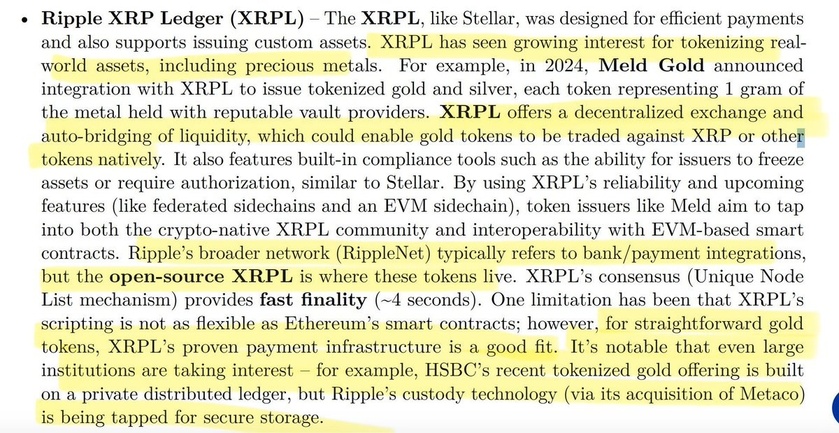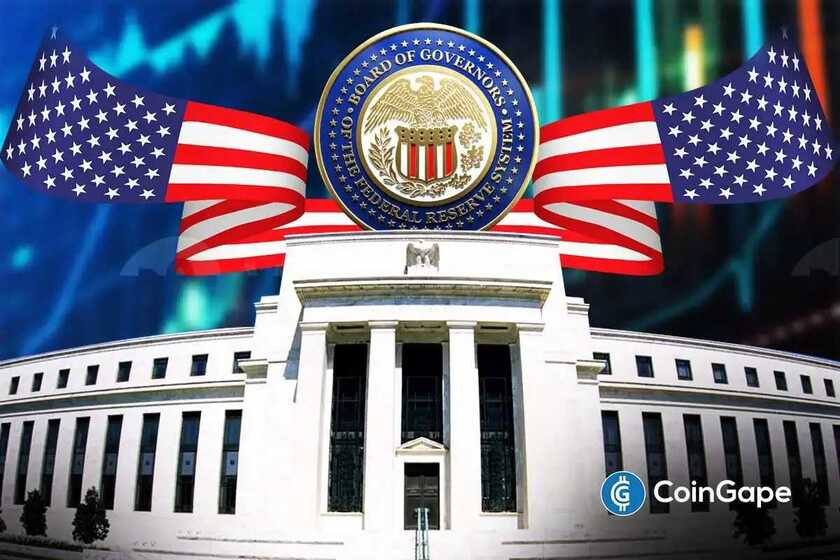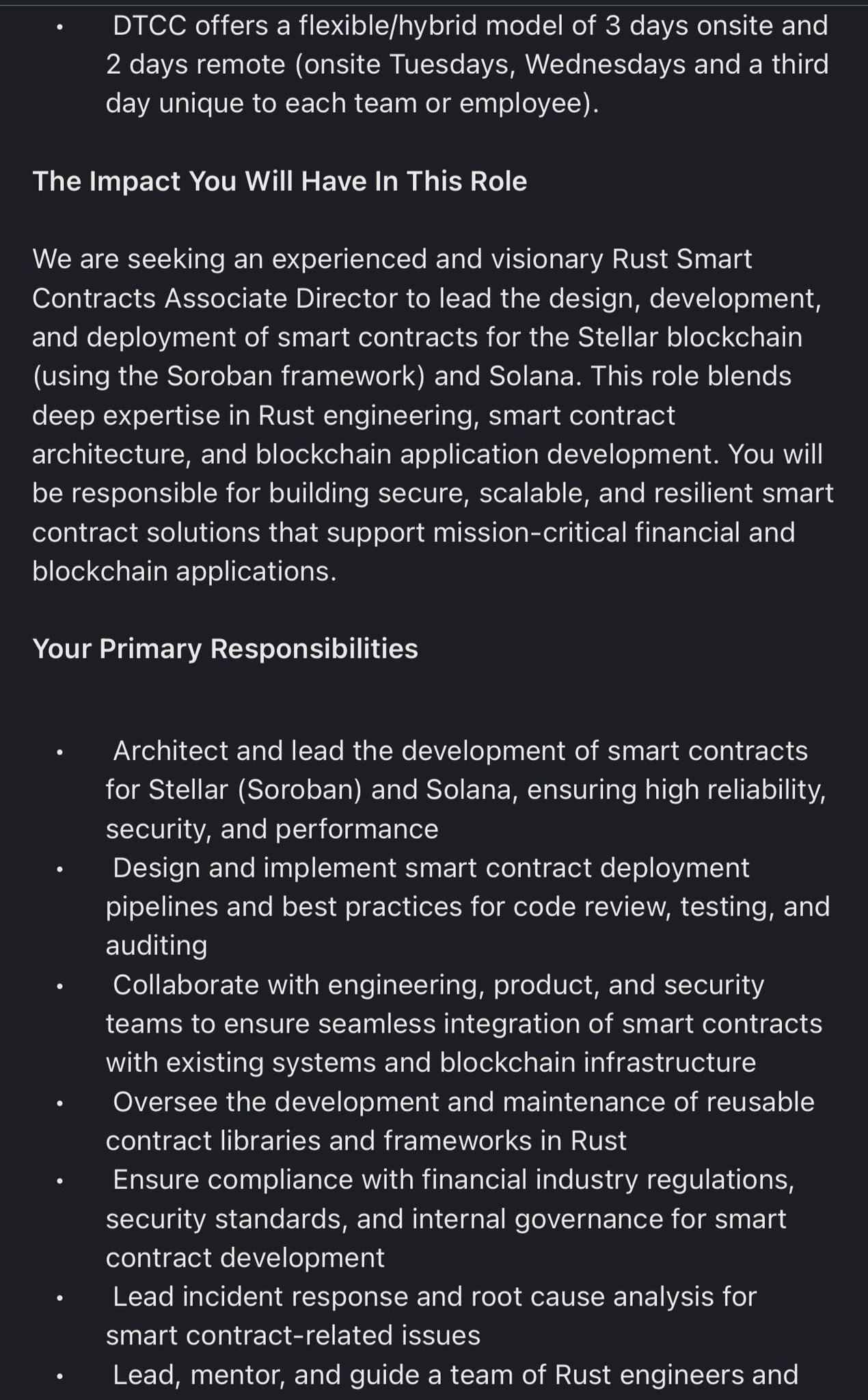Cross-border payments had, for decades, been done by wire — where it had taken days to settle an international fund flow.
But now, in the digital age — unlike years past — there are many ways to deliver a payment from country A to country B. We’re headed more fully toward instant payments, always on, 365 days a year, 24 hours a day, as the dozens of instant payment schemes taking shape around the world move toward interoperability.
In an interview with PYMNTS, Dawid Janas, head of global clearing and FI payments at Citi Services, noted that ISO 20022, the financial messaging standard that’s being implemented by financial institutions (FIs) around the globe, will go a long way toward fostering that interoperability, and give banks a way to cement loyalty with corporate clients. Citi’s own research has shown, in a report titled “Cross Border Payments 24×7: Faster, Simpler, Smarter,” that corporate and retail clients are considering moving their business away from traditional FIs (and possibly to FinTechs) in order to realize the benefits of faster, more transparent and cost-effective payments.
“It’s a shift from those who adopt innovation a bit more slowly toward those who adopt the latest and greatest solutions and deliver them to their clients,” said Janas, “and it so happens that FinTechs tend to be faster adopters of that innovation, [but we see examples of innovative banks capturing market share. That being said, the general expectation [we see] from both sides of the market [i.e., banks and FinTechs] is that market share will shift from traditional banks to FinTechs.”
But with the aforementioned prevalence of ISO 20022, said Janas, there’ll be more optionality and more alternative payment methods available for banks’ clients. “ISO will manifest through two ways,” he said, through standardization and more structure in data, as instructions between parties will be automated, and more transactions will be processed in a straight-through manner, without human intervention. Processes such as anti-money laundering (AML) and sanctions screening will also be more fully automated.
Against that backdrop, said Janas, there’s room to differentiate competition when it comes to cross-border payments.
Build vs ‘Borrow’
Banks, he said, must mull whether to build out new cross-border capabilities on their own or whether they should “borrow” those capabilities from someone else. He advised that local or regional banks build out the functionalities in their ”home” markets, but to “borrow” those capabilities from providers such as Citi outside of their presence counties.
After all, said Janas, “we wouldn’t expect every bank in the world to have 290 [financial market infrastructure] connections and operate in 90 markets,” as Citi does — both those capabilities can be tapped via APIs.
Citi, for its part, has elevated its cross-border clearing flows through the past few years, and now has more than 200 banks enlisting the firm’s 24/7 payments services for different use cases as transactions are settled on holidays and beyond the confines of banking hours. In doing so, they can maintain some competitiveness versus digital-only upstarts as demand for instant and always-on payments scales.
It should be no surprise that data and artificial intelligence (AI) go hand in hand to speed and protect payments that are typically high value as they move from one global market to another. While the solution doesn’t use AI, Janas noted that Citi has launched a “confirmed value transfer,” which addresses the lack of transparency around the ultimate amount that is going to be delivered to the beneficiary. The solution is built on the analysis of millions of transactions to predict the behavior of downstream FIs, in order to cut down on fees. AI is proving instrumental in the bid to detect anomalous behavior to spot would-be fraudsters. “GenAI,” he said, “can automatically create reports related to flagged transactions, to expedite the resolution process around those transactions.”
Looking ahead, Janas noted that 80% of Citi’s surveyed clients are boosting their demand for alternative payment methods such as digital wallets and push-to-debit options (the company recent inked a pact with Mastercard to offer clients the ability to send cross-border payments to debit cards).
As he told PYMNTS, “when it comes to corporates, the best advice I can give is that they make sure they are working with an FI that is serious about investing [in the cross-border] space … and to extract value from their solutions when it comes to more efficient payments and more efficient liquidity management. As an industry we’re in the early stages of unlocking the potential of these new technologies.”






























